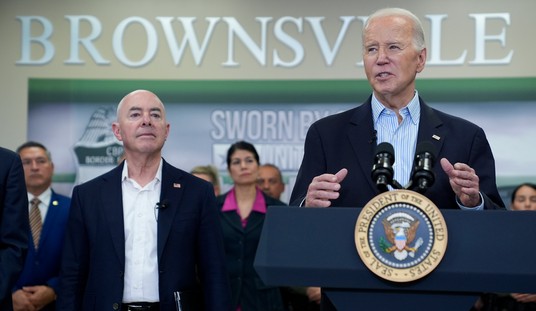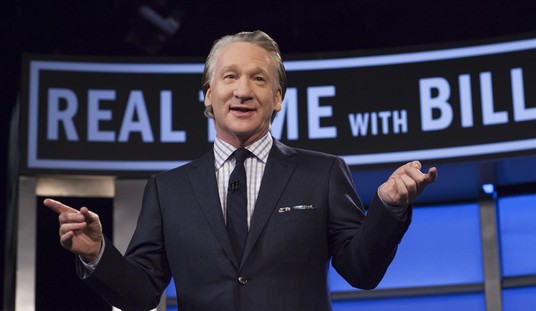Advertisement
Well meaning Washington phrases echo very softly in a land half a word away hardened by generations of violence.
Conflict has almost always reigned here. Much of the African diaspora started with these unhappy people. Arab traders from the east coast of the continent and kingdoms on the west coast captured slaves from this area. Many went into Middle Eastern markets traded as far away as China. Millions more suffered the trans Atlantic passage to the Americas.
France claimed the area in the 1890s as part of the European scramble for Africa that left the whole continent, save Liberia and Ethiopia, as colonial dependencies. Originally called “Ubangi Shari” by the French, it was lumped into French Equatorial Africa by 1910.
After World War II, a France exhausted by fighting in Europe, then in Indochina, then in Algeria, withdrew from most of its colonies. In 1960, the Central African Republic was born.
The CAR’s history as a sovereign nation is based on a foundation of usurpation. First president David Dacko loses power in a 1965 coup led by an army commander Jean-Bedel Bokassa.
Bokassa’s 14 years of power included a touch of the theatric to mask torture and terror. He married 17 wives and mimicked Napoleon by proclaiming himself emperor in 1976. Tales of cannibalism, feeding opponents to wild animals, and slaughtering protesting schoolchildren led to international condemnation. Despite the backing of France, Bokassa was imprisoned after a 1979 coup.
Recommended
Advertisement
His shadow over the 21st century’s Central African Republic remains powerful. Fourteen years after his death in prison in 1996, President Francois Bozize granted a pardon.
Bozize announced that “he built the country, but we have destroyed what he built.” He also said Bokassa had “given a great deal for humanity.”
Under Bozize, the country fell into civil war punctuated by short truces. South Africa and several other nations struggled to prop up the government.
Bozize, elevated in a 2003 coup, was ousted a decade later by Muslim dominated Seleka rebels and forced to flee to Cameroon.
Although the Seleka rebels helped to install new Muslim president Michael Djotodia, he soon found them uncontrollable and tried to dissolve their coalition. Seleka fighters, unpaid for months and suspected in the massacre of 400 people, were blamed by a UN report for fomenting chaos. Djotodia’s hardline presidency ended last January as Muslim and Christian militia resumed fighting.
Interim president Catherine Samba Panza had been hard pressed to stem the violence until a July cease fire.
Divisions among ethnic and religious groups in the Central African Republic, as in many other places, fuel schisms that prevent reconciliation. According to CNN, half of the nation worships in the Christian faith (divided almost evenly between Protestant and Catholic. One third worships in African traditional religions and the remainder follow Islam.
Advertisement
No single ethnic group comprises more than one third of the population.
The rich natural resources of the country help to maintain the fighting. Reuters reports that Seleka rebels overran a Canadian gold mine two years ago, selling about $350,000 worth of its production per month until last week when it collapsed, killing almost 30.
CAR’s transition is led by a Muslim prime minister with few ties to Seleka. Prime Minister Mahamat Kamoun’s first task is to maintain the cease fire between the various Selaka groups and the Christian anti-belaka militia. Kamoun stresses that his background as an economist mattered more in his selection by Panza than his faith.
“We must all work toward reuniting the Central African Republic,” Kamoun urged.
He has also kept Selaka at arms length.
The peace, reached at Brazzaville in Congo in July, has a precarious foundation. Selaka militants, upon whose actions the peace in a large part relies, remain violent. Almost 20 people last week died as Selaka factions attacked each other.
Except for 100 troops deployed to help track down Lords Resistance Army chief Joseph Kony, the United States has not played much of a role here apart from well wishing. That may be for the best. Despite the fact that millions of Americans could likely trace their ancestry to this region, there may be few places less understood by US policymakers.
Advertisement





















Join the conversation as a VIP Member